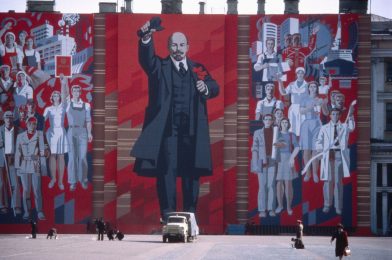Don Rutledge covered Christians in Russia in the late 1980s, and we can learn a few things from his coverage.
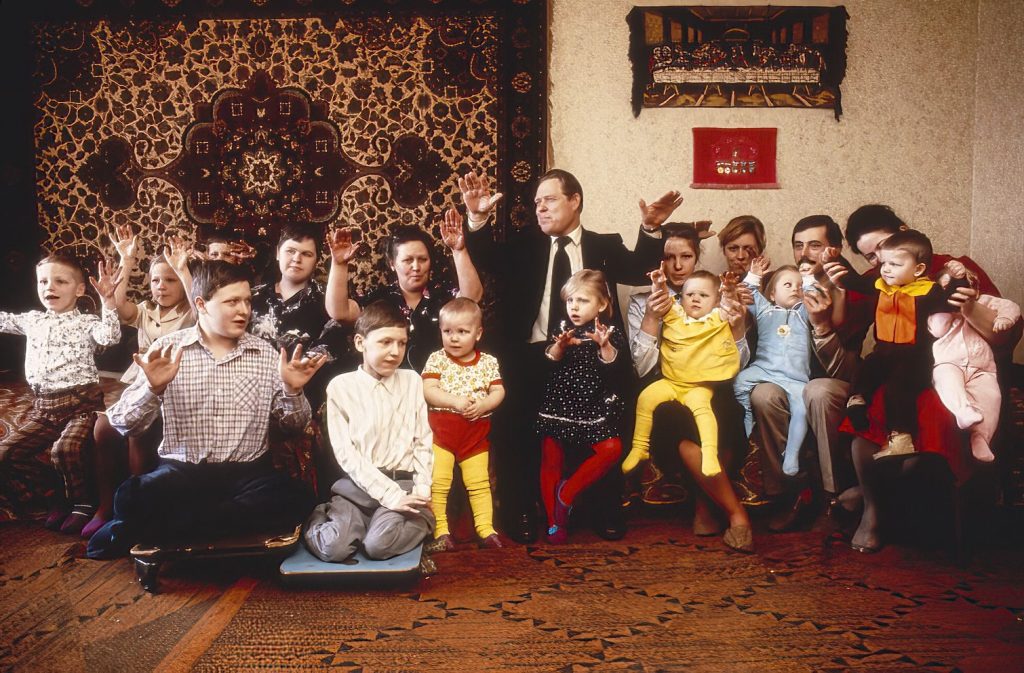
Don Rutledge could go to a different culture and cover it even tho he didn’t speak their language or understand their customs. During his career, Don covered more than 150+ countries and all 50 of the United States. Here are some Don audio recordings and links to his published stories.
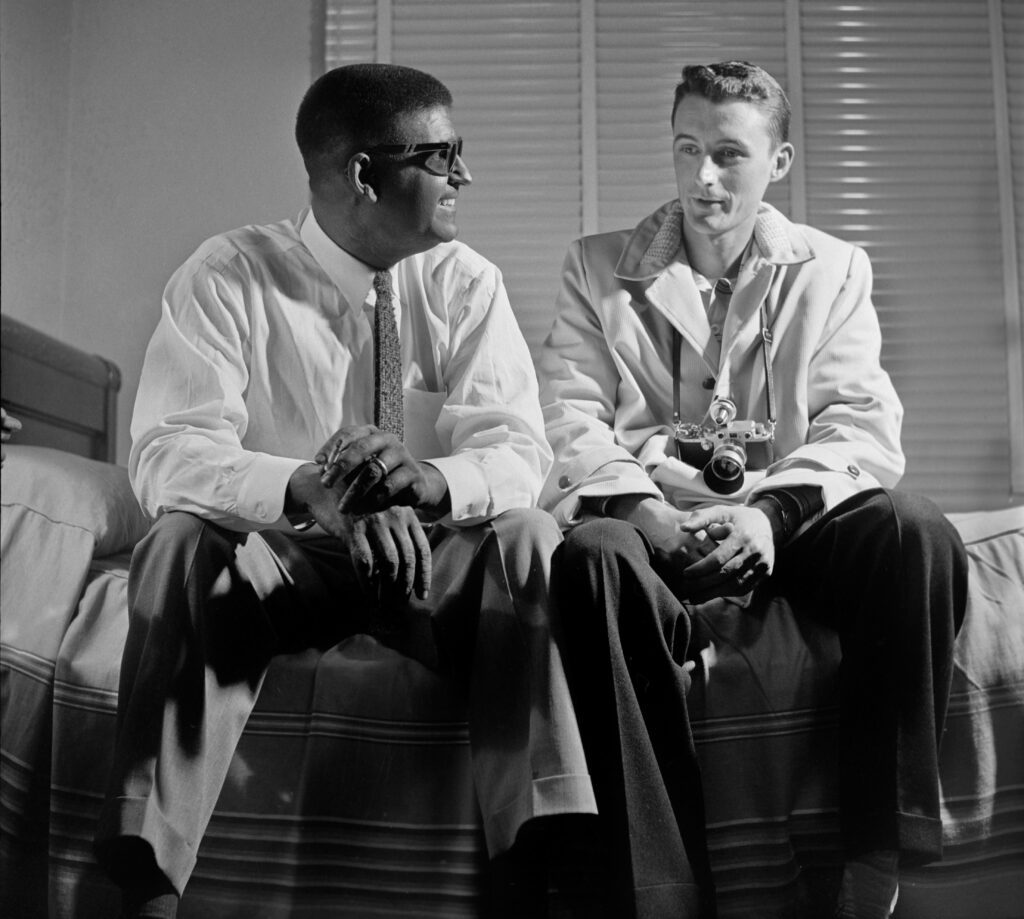
Let’s review his work on Russia to see how a photojournalist can help connect the subject to the audience through images.
Background
Don didn’t speak Russian and had not been to Russia before. He knew little from reading and talking to missionaries who traveled the area. Don wasn’t an expert on the culture but had read a great deal before he went to Russia.
The slide show is a snippet.
Don Rutledge would typically go on coverage like Russia for about 21 to 27 days. He would pack about 300 rolls of color slide film and about 300 rolls of black and white film. Each of these rolls was a 36-exposure roll of 35mm film.
He usually returned with some film, so he didn’t shoot all 21,000 possible frames. He would quickly shoot half to three-fourths of the film.
The slide show I worked on in 1987 for Don to use when he spoke to groups about his coverage.
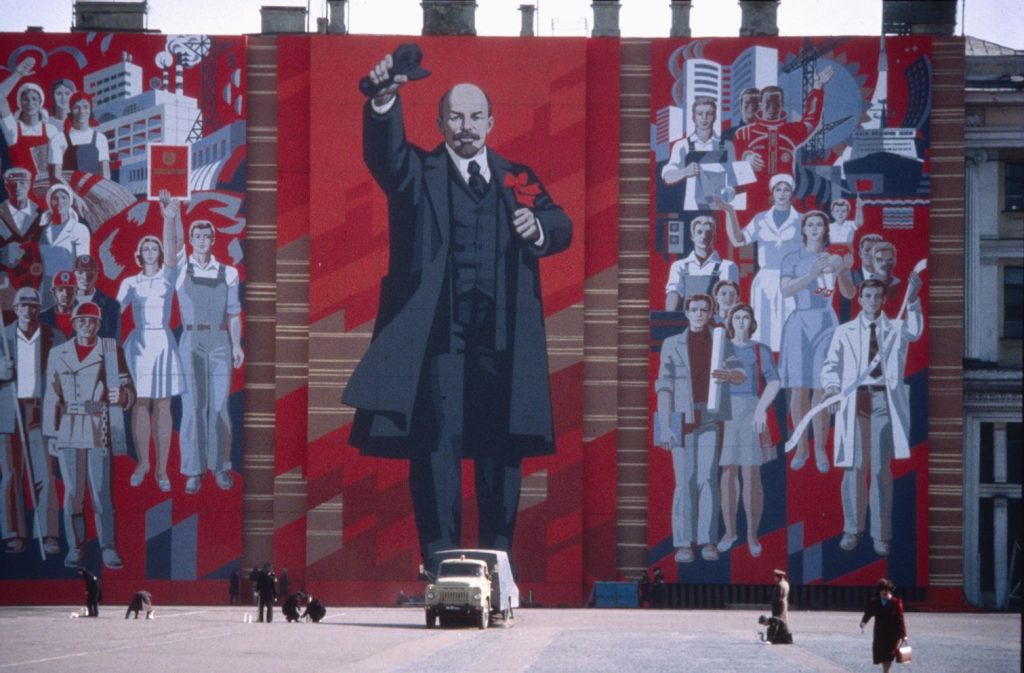
How it is divided
The slide show is divided into an overview of the country, a section on the culture, a section on the Russian Orthodox Church, and a series of pastors and leaders with their families.
When this was done, the story was distributed in The Commission Magazine. The magazine regularly competed with and beat magazines like National Geographic Magazine.
The magazine typically started stories with 1 to 3 double-truck spreads to introduce the country. Don captured things that not only showed what the country looked like but, in a way, contrasted it to the audience in the United States.

Don ended up taking tours of the churches in Moscow to help show the Americans how they viewed the church. On the tours, they showed all the gold and artwork in the previous church buildings. They would tell the people this is how the church acted in the past: they took all their money and then used it to decorate.
Showing the theater helped connect the Americans to something we had in common. Our love of the theater and the Opera in Moscow is considered one of the best in the world.
Then Don helps us transition through the Russian Orthodox Church to help the Baptists in the States see some sense of faith in Russia.
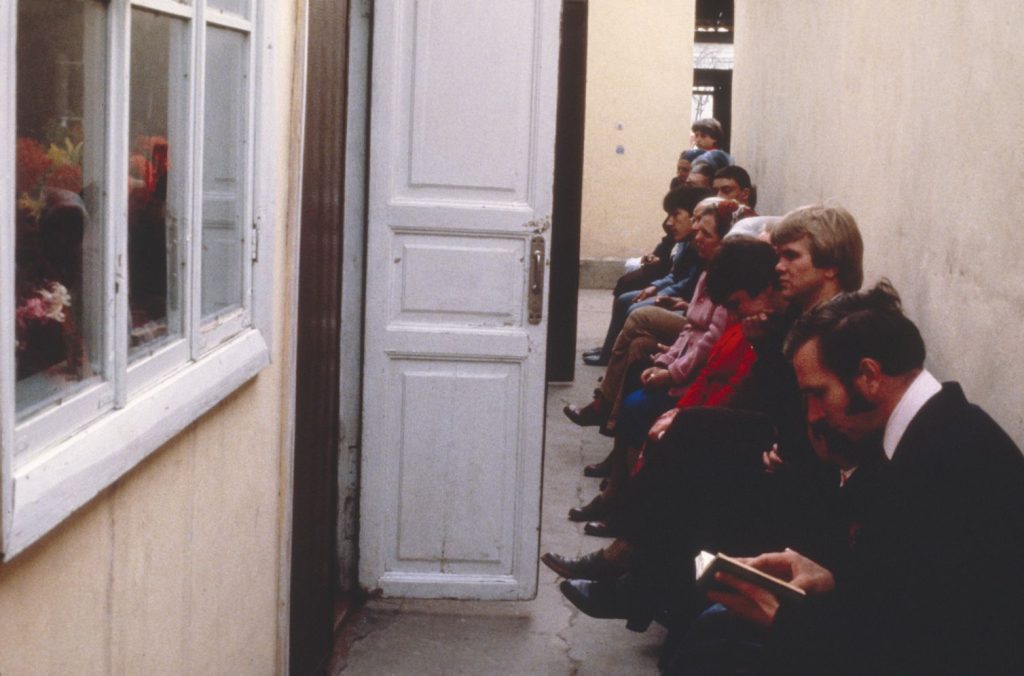
Don continues to show artistic moments that communicate something similar yet different in almost every frame. The Russians outside in worship look like Americans, but we don’t sit outside our churches to hear the worship service.
Don helps the audience connect with the subject using everyday life moments. He captures people cooking in their homes and with their families.
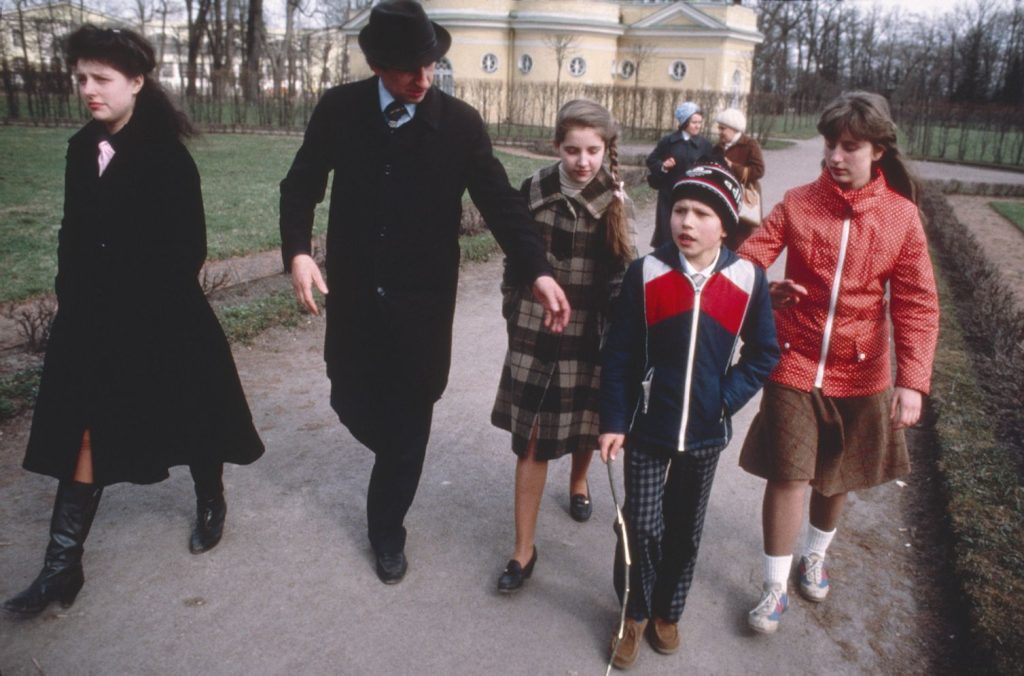
This is just a taste of what I learned from Don’s coverage of Russia.

